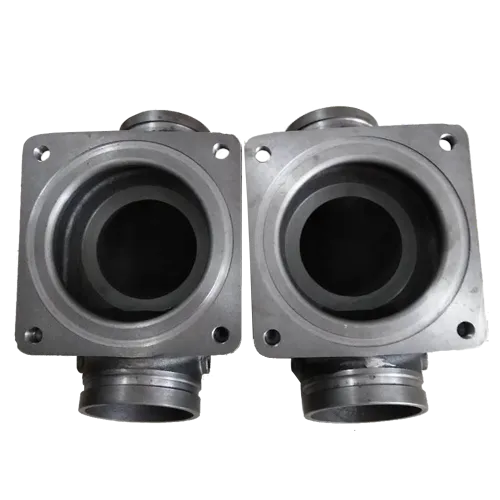Mobile:+86-311-808-126-83
Email:info@ydcastings.com
Aluminum Mold Design for Enhanced Casting Precision and Efficiency in Manufacturing
Aluminium Casting Moulds A Comprehensive Overview
Aluminium casting has become a pivotal process in various industries, ranging from automotive to aerospace, due to its lightweight and high-strength properties. A critical component of the aluminium casting process is the mould used to shape the molten metal into the desired form. Understanding aluminium casting moulds involves examining their types, manufacturing processes, and the advancements in technology that have significantly enhanced their performance.
There are several types of moulds used in aluminium casting, each serving a specific purpose depending on the requirements of the end product. The most common types include sand moulds, permanent moulds, and investment moulds. Sand moulds are typically made from a mixture of sand, clay, and water, which allows for quick production and adaptability for complex shapes. However, they may not provide the highest precision or surface finish.
Permanent moulds, on the other hand, are made from metal and can be reused multiple times, making them suitable for high-volume production. They offer excellent dimensional accuracy and surface finish, which reduces the need for additional machining. Investment moulds, also known as lost-wax moulds, provide exceptional detail and are used for intricate designs, albeit at a higher cost and production time.
aluminium casting mould

The manufacturing process of aluminium casting moulds has evolved significantly
. Traditionally, moulds were crafted manually, requiring skilled artisans to shape them meticulously. However, advancements in technology such as Computer-Aided Design (CAD) and Computer Numerical Control (CNC) machine tools have revolutionized the mould-making process. These technologies allow for more precise designs, faster production times, and reduced costs, ensuring that manufacturers can meet the growing demand for high-quality aluminium components.Moreover, the introduction of 3D printing technology has transformed the production of moulds. This innovative approach enables the rapid prototyping of complex mould designs that were previously deemed too difficult or expensive to produce using traditional methods. 3D printed moulds can be made from a variety of materials, offering flexibility and customization that enhances efficiency and reduces waste.
In addition to the design and manufacturing methods, the choice of materials for aluminium casting moulds is crucial. High-temperature resistant materials are necessary to withstand the molten aluminium and maintain the integrity of the mould. Some modern moulds utilize ceramic materials or specially coated metals to enhance their durability and performance, allowing for longer production runs and improved product quality.
In conclusion, aluminium casting moulds play an indispensable role in the manufacturing of aluminium components. The evolution of mould types, manufacturing processes, and materials is shaping the future of aluminium casting, making it more efficient and capable of producing highly detailed and reliable products. As industries continue to push the boundaries of innovation, the importance of advanced aluminium casting moulds will only continue to grow.











